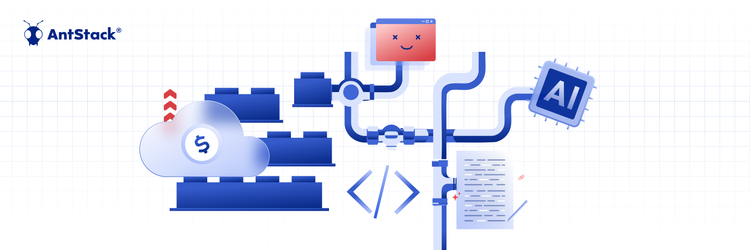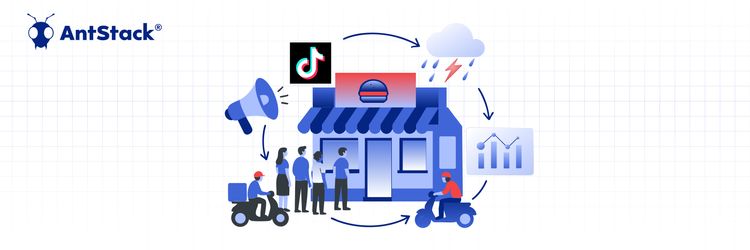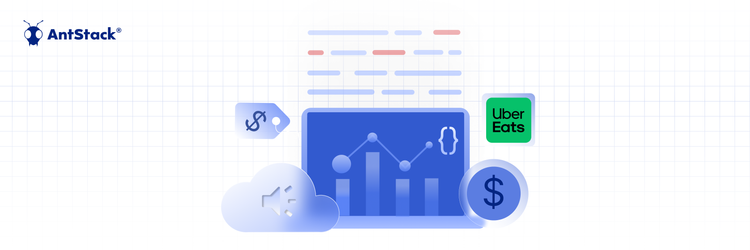Rethinking Cloud Spend: Modernization Over Short-Term Cuts
Analysing the Difference Between Serverless and Containers
Serverless and Containers represent two distinct approaches to modern cloud computing. Serverless, often implemented with Amazon's Lambda platform, allows developers to quickly deploy code without managing the underlying infrastructures. On the other hand, Containers, such as Kubernetes, allow for greater scalability and flexibility.
A key benefit of serverless is its simplicity. Deploying applications can be made in minutes, while managing servers typically takes hours or even days.
Kubernetes presents an appealing alternative when scalability is paramount. It enables users to quickly scale their application up or down depending on demand, allowing them to serve more customers without increasing costs.
Ultimately, both approaches offer unique advantages depending on a project's specific requirements. For teams looking for rapid deployment times, serverless is an ideal choice. However, those who need more control and granular scalability should consider Kubernetes.
Differences Between Serverless (Lambda) and Containers (Kubernetes)
1. Technical Meaning
Lambda is an AWS serverless technology that the developers run to control functions in the cloud. A Lambda function takes small snippets of code languages like Java, Python, etc., instead of provisioning one server. Then, it executes the code languages by starting and shutting down after execution. It is a different type of computing in that developers pay for using certain features without managing any servers.
On the other hand, Kubernetes are the operational tasks of container management with built-in commands to deploy applications. It rolls out changes in the applications and scales them to fit the dynamic needs while monitoring.
2. Underlying Infrastructure Cost
AWS Lambda is a code in a temporary container that terminates after purpose completion. Therefore, developers only pay what they use depending on the memory size(GB) and execution time (milliseconds). The operating cost multiplies to produce GB-second to calculate the infrastructural cost. On average, the monthly request price becomes $0.20 per one million requests, and the temporary storage price is $0.0000000309 for every GB-second with 512MB storage.
The infrastructural cost of containers and Kubernetes is low for being lightweight and faster. OS-level in containers for virtualisation allows the fitting of multiple containers in a single round. It does not require heavy duplicate OS images to run. Therefore, these features lead to digit resource savings with simple implementation. There are several nodes of Kubernetes to work, and the primary node costs $12 per month with a container registry of upto 500MB.
3. Variety in Traffic
Lambda is typically known for its efficiency, with predictable traffic patterns due to its serverless infrastructure, allowing for reliable and timely delivery of services.
On the other hand, Kubernetes offers more robust control over traffic management, allowing users to adjust their configurations in real-time. However, since these changes apply manually, this type of system can lead to unpredictable traffic trends depending on the expertise and understanding of the user.
4. Ease of Code
The AWS Lambda has the infrastructure to upload the code. It takes care of the maintenance of the code and triggers it whenever required. It allows developers to choose the memory and timeout for the code. Lambda offers different options for authoring and deploying codes. In addition, it offers immense support for the serverless framework, making AWS Lambda code easy.
On the other hand, Kubernetes changes the code deployment process, making it possible to roll out new releases. It deploys the code on hundreds and thousands of servers without downtime. However, developers must be familiar with everything required to run and support the application.
5. Learning Time
Lambda, the revolutionary technology taking serverless computing to the next level, is a powerful tool for modern developers. This cloud-based system allows developers to quickly and easily deploy code without managing or maintaining their servers. It eliminates the common headaches like unproductivity or high cost associated with traditional development models and provides unparalleled scalability on demand.
By taking the time to understand the complexities of Kubernetes, users can tap into a powerful technology capable of meeting even the most demanding application requirements. With adequate preparation and best practices in place, anyone can gain confidence in their ability to operate Kubernetes deployments.
Serverless & Containers: Similarities
Containers and serverless architectures share similarities, making them both popular choices for modern application development.
1. Abstraction of Infrastructure
Both architectures reduce the need to manage physical servers.
Serverless abstracts servers entirely, letting developers focus on code execution and app development rather than provisioning servers. Containers remove the underlying hardware and OS, creating a consistent environment for applications.
2. Scalability
Serverless scales automatically as per the demand without any manual intervention. Similarly, containers can scale horizontally with orchestration tools like Kubernetes or ECS.
3. Support for Microservices
Both services enable the development and deployment of loosely coupled, independently scalable services. Serverless supports microservice by enabling function-level deployment and scaling. Containers are ideal for deploying microservices, as they allow each service to run in its own container with isolated resources.
4. Cost Efficiency
Serverless and container, both, optimize resource usage and reduce operational costs. Serverless offers a pay-as-you-go pricing model, eliminating costs for idle resources. Containers allow multiple lightweight containers to run on a single host, making it cost-effective.
5. Cloud-Native Integration
Both architectural designs work well with modern cloud ecosystems. Serverless utilizes cloud-native services like API gateways, event streams, and managed databases. Containers seamlessly integrate with tools like Kubernetes or ECS.
Serverless Vs Containers: When to Use
Below are some use cases showcasing when to use serverless vs containers and why.
When to Use Serverless Architecture
Event-Driven Workloads: Serverless automatically scales based on the number of events. This ensures resource optimization and cost efficiency. Example - IoT data ingestion or real-time file processing
APIs and Mobile Backends: It simplifies scaling and reduces infrastructure management, especially for APIs with unpredictable traffic. Example - RESTful API for web or mobile apps
Real-time Data Processing: It integrates seamlessly with services like AWS Kinesis, enabling low-latency processing. Example - Streamlining and processing logs
When to Use Containers
Stateful Applications: Containers support long-running processes and stateful workloads. Example - Databases, gaming servers, or long-running batch jobs
Multi-cloud or Hybrid Deployments: It ensures portability and consistency across environments. Example - Workloads running on both on-premises or public clouds
High-Performance Workloads: It precisely allocates resources like CPU, memory, and GPUs Example - Video rendering or machine learning model training
How to Choose Between Serverless and Containers
Kubernetes requires continuous management by administrators to keep up with system updates and security patches, whereas Lambda abstracts most of this away with its managed service model.
Both approaches offer unique advantages depending on a project’s specific requirements. For teams looking for rapid deployment times, serverless is an ideal choice. However, those who need more control and granular scalability should consider Kubernetes.
As such, it is essential to consider the specific requirements of your application when deciding which technology is best suited for your use case.
However, it is also important to realize that serverless and containers are not mutually exclusive and can coexist seamlessly. By strategically combining the two, you can leverage serverless simplicity and container control.
Wrapping Up
Kubernetes requires continuous management by administrators to keep up with system updates and security patches, whereas Lambda abstracts most of this away with its managed service model. As such, it is essential to consider the specific requirements of your application when deciding which technology is best suited for your use case.









